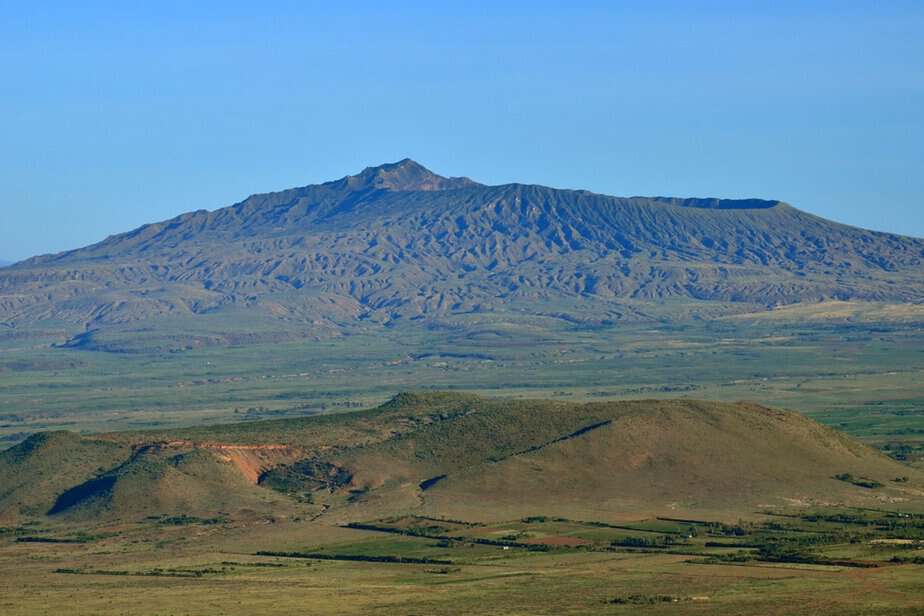Lake Nakuru and Lake Nakuru National park
Lake Nakuru and Lake Nakuru National park
Lake Nakuru is a soda Lake in the Rift Valley area of Kenya.
Lake Nakuru National park known for its thousands of Flamingos is around Lake Nakuru and near Nakuru town.
Today I’m going to tell you the much I know about Lake Nakuru and Lake Nakuru National park. I went to first visit it when I was in my lower primary school and later came to learn about it through our “History and Geography” classes. Today, a company like African Sermon Safaris https://africansermonsafaris.com, takes many tourists there to visit throughout the year and there is always something new and exciting to learn even from the tourists themselves as they narrate their safari tour.
Nakuru means “Dust or Dusty Place” in “Maasai language” from the Maasai tribe one of the indigenous tribes in Kenya who are well known to uphold their culture to-date.
Nakuru Lake
The Lake lies to the south of Nakuru, in central Kenya and is protected by a small Lake Nakuru National Park. It varies from 5 to 45 square kilometers and lies about 160 kilometers north of Nairobi. It can, therefore, be visited in a day tour from the capital or more likely as part of a circuit taking in the Masai Mara or Lake Baringo and east to Samburu. The lake’s abundance of algae attracts the vast quantity of flamingos that famously lines the shore.
There are over 400 resident species of birds on the lake and in the surrounding park. Thousands of both little grebes and white winged black terns are frequently seen, as are stilts, avocets, ducks, pelicans and cormorants. Despite the tepid and alkaline waters, a diminutive fish, Tilapia grahami has flourished after being introduced in the early 1960s.
Animals like warthogs, baboons, Black and White rhinos and other large mammals will also be found there.
The surface of the shallow lake is often hardly recognizable due to the continually shifting mass of pink – the flamingos.
Establishment of the Nakuru National Park
Lake Nakuru National Park, was established in 1961. My history and geography teacher told me that it’s around 168 km².
Animals and Birds found around the Lake and in the national park.
Habitat and Wildlife
Our tourists love to visit the area because of its ‘pink’ colored bird that cover the area. There are two types of flamingo species in their thousands there: the Lesser flamingo can be distinguished by its deep red carmine bill and pink plumage unlike the greater, which has a bill with a black tip. The Lesser flamingos are ones that are commonly pictured in documentaries mainly because they are large in number. The number varies with water and food conditions and the best vantage point is from Baboon Cliff.
Around the Lake, there is an area of 188 km fenced off as a sanctuary to protect Rothschild giraffes and black rhinos.
The park has recently been enlarged partly to provide the sanctuary for the black rhino. This undertaking has necessitated a fence – to keep out poachers rather than to restrict the movement of wildlife. The park now has more than 25 rhinos, one of the largest concentrations in the country, so for our tourists, the chances of spotting these survivors are good.
There is also a number of Rothschild’s giraffe, again trans-located for safety from western Kenya beginning in 1977. Water-buck are very common and both the Kenyan species are found here. Among the predators are lion and leopard, the latter being seen much more frequently in recent times. The park also has large sized pythons that inhabit the dense woodlands, and can often be seen crossing the roads.
Life for the flamingos over the years have been affected by various factors that have made their number decrease. Some possible reasons why Flamingos may be decreasing in Lake Nakuru and Lake Nakuru National park:
- Pollution resulting from industries waterworks nearby who dump waste into the waters
- Changes in water quality which makes the lake temporarily inhospitable – the lake recedes during the dry season and floods during the wet season.
- Intensive crop production. The local people are using more and more of the water for irrigation purposes hence affecting the water levels in the lake. Over irrigation also reduce the capacity of soils to absorb water, recharge groundwaters and thus increase seasonal flooding.
- Pollution and drought destroy the flamingos’ food – Cyanobacteria, or blue-green algae, and causing them to migrate to the nearby Lakes, more recently to lakes Elmenteita, Simbi Nyaima and Bogoria.
- Local climate changes have also been hypothesized to contribute to the changing environmental conditions in the lakes catchment areas.
Other possible reasons could be:
- Global warming
- Deforestation
Having said that, Lake Nakuru and Lake Nakuru National park is still an area to behold and a “MUST VISIT” in ones lifetime. There are a couple of itinerary options that you can select from.
1. Five days Lake Nakuru Maasai Mara Lodge Safari
2. Six days Lake Nakuru Maasai Mara Lodge Safari and much more.


